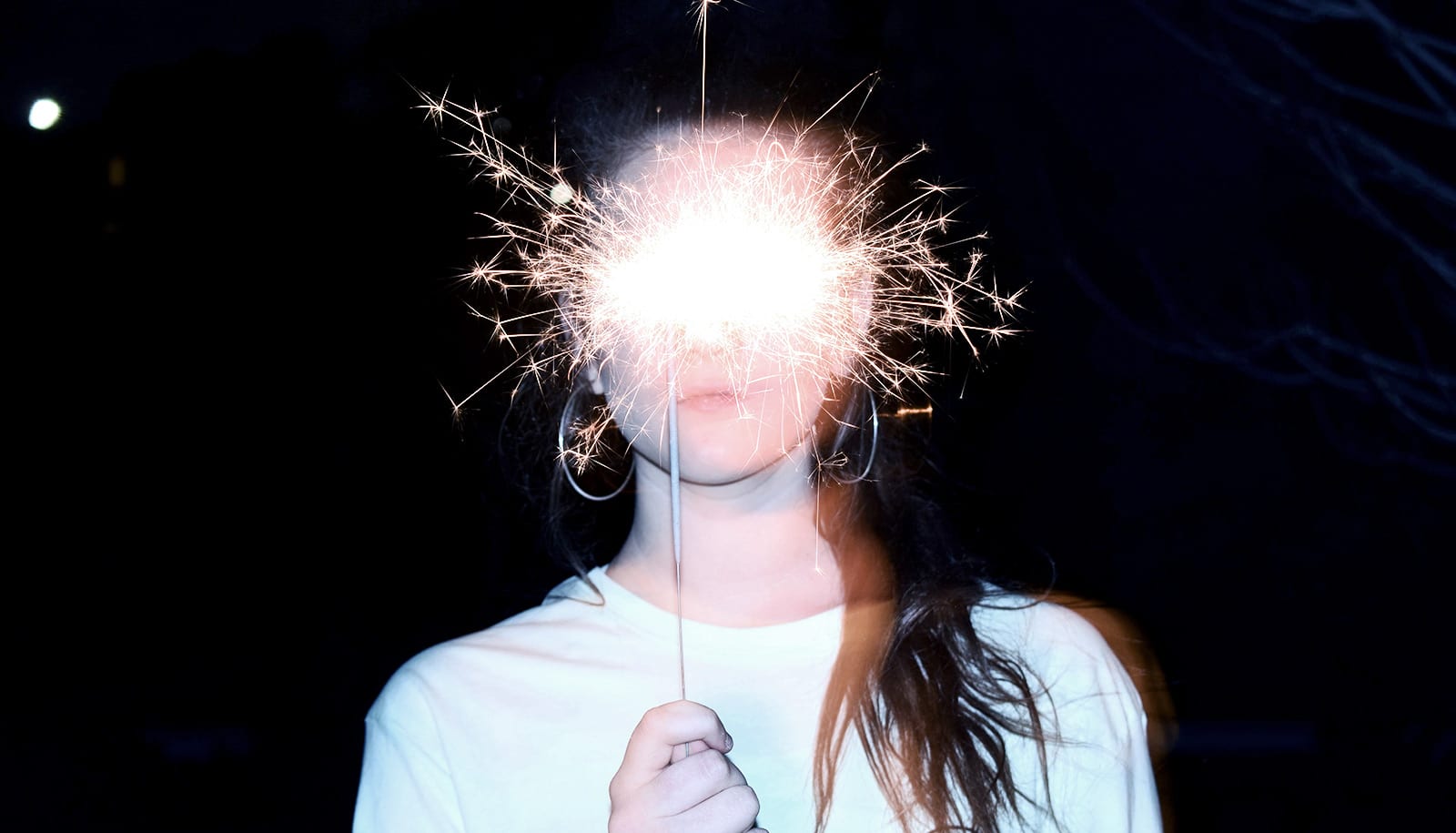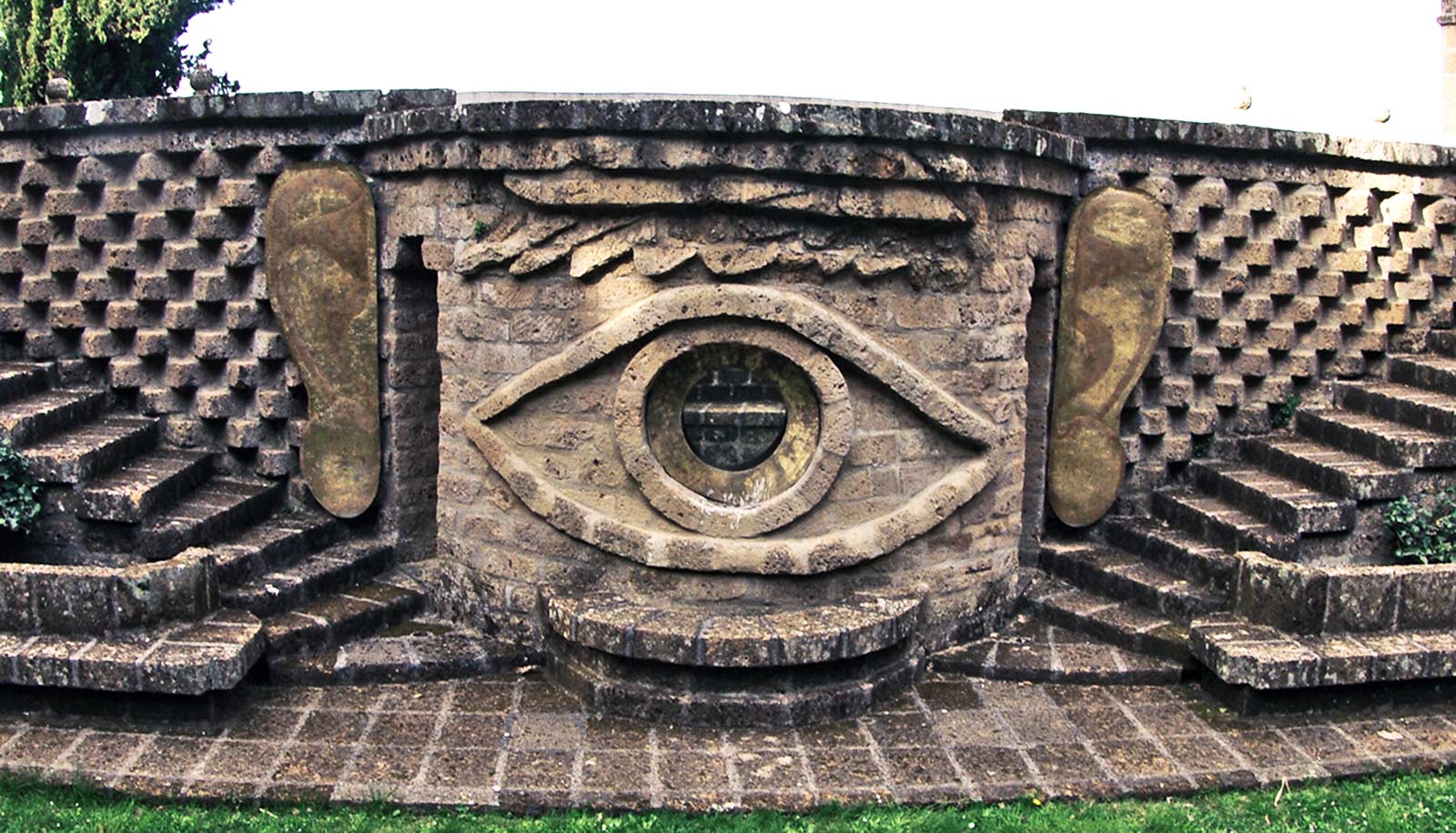To see under starlight and moonlight, the retina changes both the software and hardware of its light-sensing cells to create a kind of night vision, according to a new study,
Retinal circuits that were thought to be unchanging and programmed for specific tasks are adaptable to different light conditions, the scientists who identified how the retina reprograms itself for low light say.
“To see under starlight, biology has had to reach the limit of seeing an elementary particle from the universe, a single photon,” says Greg Field, an assistant professor of neurobiology and biomedical engineering at Duke University. “It’s remarkable at night how few photons there are.”
The findings, which appear in Neuron, show that the reprogramming happens in retinal cells that are sensitive to motion.
Night moves
Even in the best lighting, identifying the presence and direction of a moving object is key to survival for most animals. But detecting motion with a single point of reference doesn’t work very well. So, the retinas of vertebrates have four kinds of motion-sensitive cells, each specifically responsive to a motion that is up, down, right, or left.
When an object is moving in precisely one of those directions, that population of neurons will fire strongly, Field says. However, if the motion is halfway between up and left, both populations of cells will fire, but not quite as strongly. The brain interprets that kind of signal as motion going both up and left.
“For complex tasks, the brain uses large populations of neurons, because there’s only so much a single neuron can accomplish,” Field says.
In humans, these directional neurons account for about 4 percent of the cells that send signals from the retina to the brain. In rodents, it’s more like 20 to 30 percent, Field says, because motion detection is vitally important for an animal that other animals really like to eat.
Looking closer
In a study with mouse retinas conducted under a microscope equipped with night vision eye pieces in a very dark room, Xiaoyang Yao, a graduate student in Field’s lab, found that the retinal cells sensitive to upward movement change their behavior in low light. The “up” neurons will fire upon detecting any kind of movement, not just upward.
Researchers placed a small sample of mouse retina on an electrode array that can measure the individual firing of hundreds of neurons at once “and then we show it movies,” Field says.
“Xiaoyang’s insight was to go and look at what these cells do in day and night,” Field says. “She noticed a difference and wondered why.”
When there is much less light available, a weak signal of motion from the ‘up’ neurons, coupled with a weak signal from any of the other directional cells can help the brain sense movement, similar to the way it interprets two directional signals as being a motion that is something in between.
The loss of motion perception is a common complaint in human patients with severe vision loss. Field says this finding about the adaptability of retinal neurons may help the design of implantable retinal prosthetics in the future.
“A lot of animals choose to forage at night, presumably because it’s harder for predators to see,” Field says. “But of course, nature is an arms race. Owls and cats have developed highly specialized eyes to see at night. The prey have altered what they have to survive.”
For reasons that aren’t yet clear, it’s only the “up” cells that become motion generalists in low light. Field suspects that up is the most important direction for a prey animal to spot a predator that looms upward as it approaches its prey, but he doesn’t have that data yet.
Going forward
What’s important for now is that the eye and brain alter their computation of motion in low light. “We’ve learned that large populations of retinal neurons can adapt their function to compensate for different conditions,” Field says.
The retina consists of many circuits working in parallel, says Jeffrey Diamond, a senior investigator at the National Institute of Neurological Disorders and Stroke who also studies visual processing in the retina.
“We’re learning that these circuits are doing different things at different times of day,” says Diamond, who was not involved with Field’s paper.
Now that Field has found that changes in both the circuitry and the chemical signals between cells drive this one adaptation to low light, it begs the question of how many other adaptations are going to be found, Diamond says.
“There are 50 kinds of amacrine cells, the drug cabinets of the retina, and most of them likely release multiple neurotransmitters that can influence the retinal circuit,” Diamond says. “We only know something about only 20 percent of those cells.”
The National Institutes of Health, National Eye Institute, National Institute of Child Health and Human Development, the Canadian Institute of Health Research, the Karl Kirschgessner Foundation, and the Whitehall Foundation provided funding for the study.
Source: Duke University



